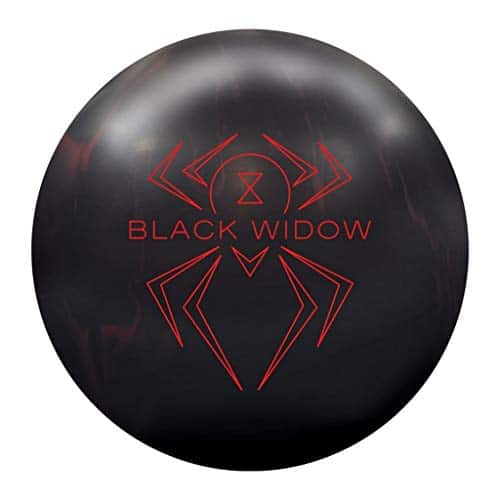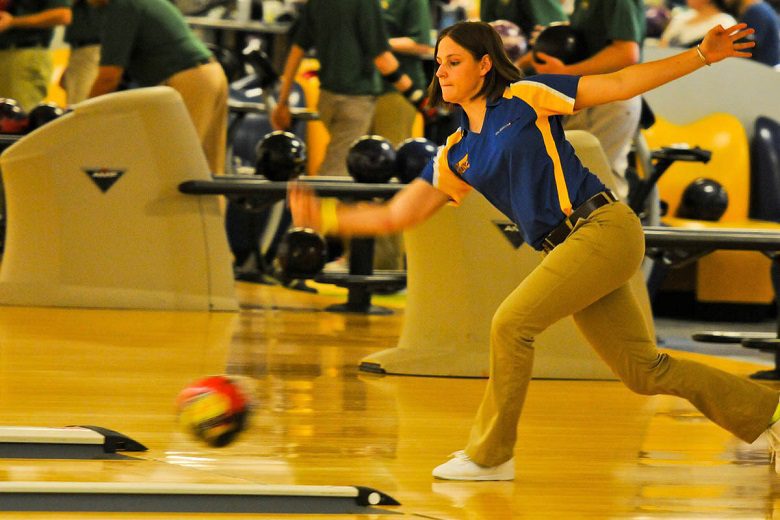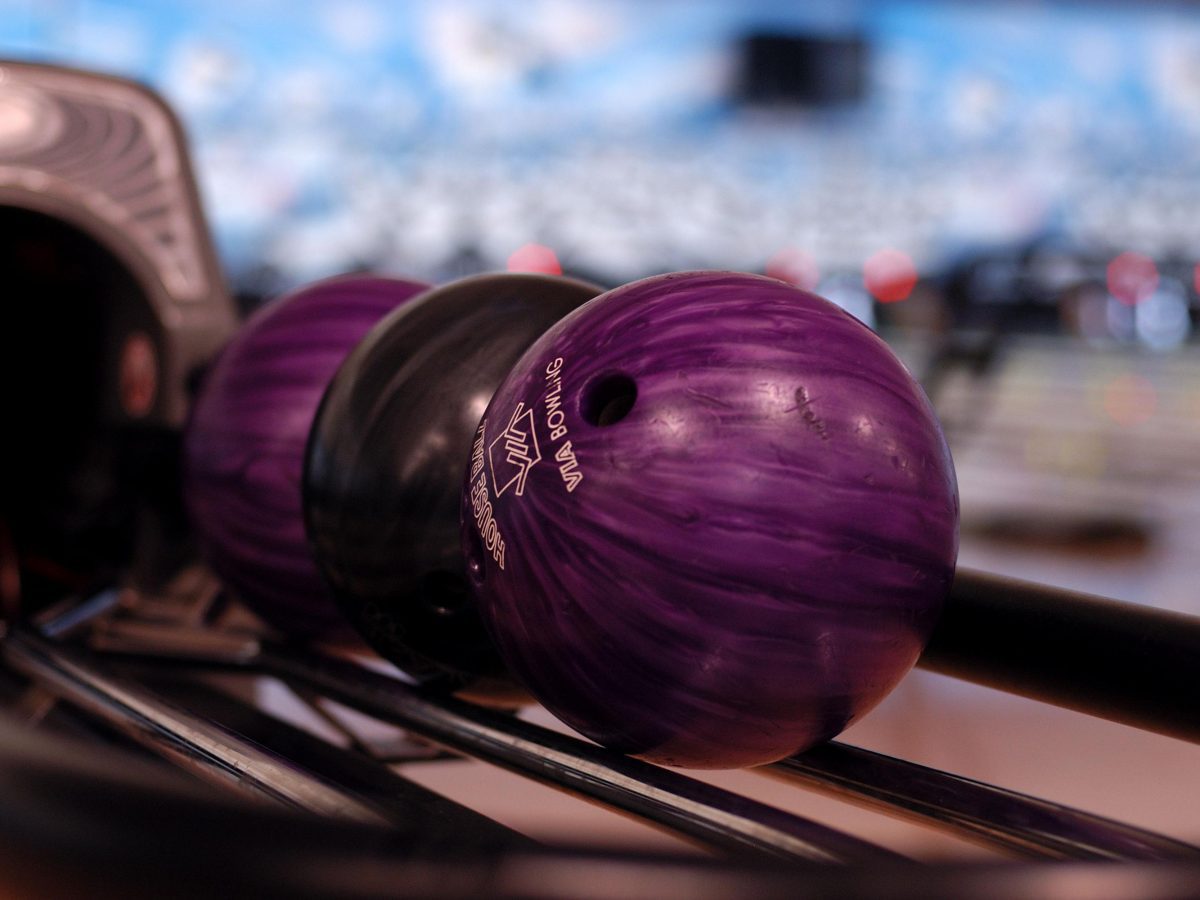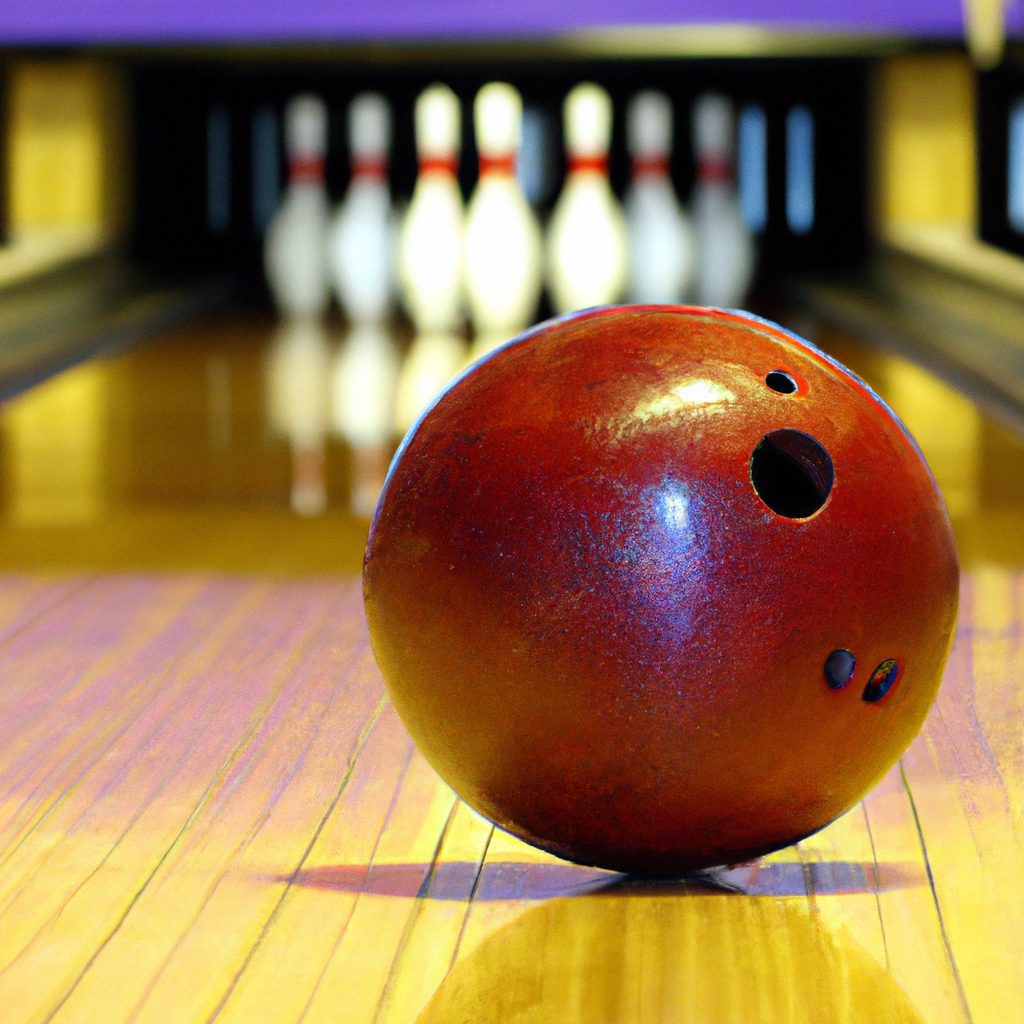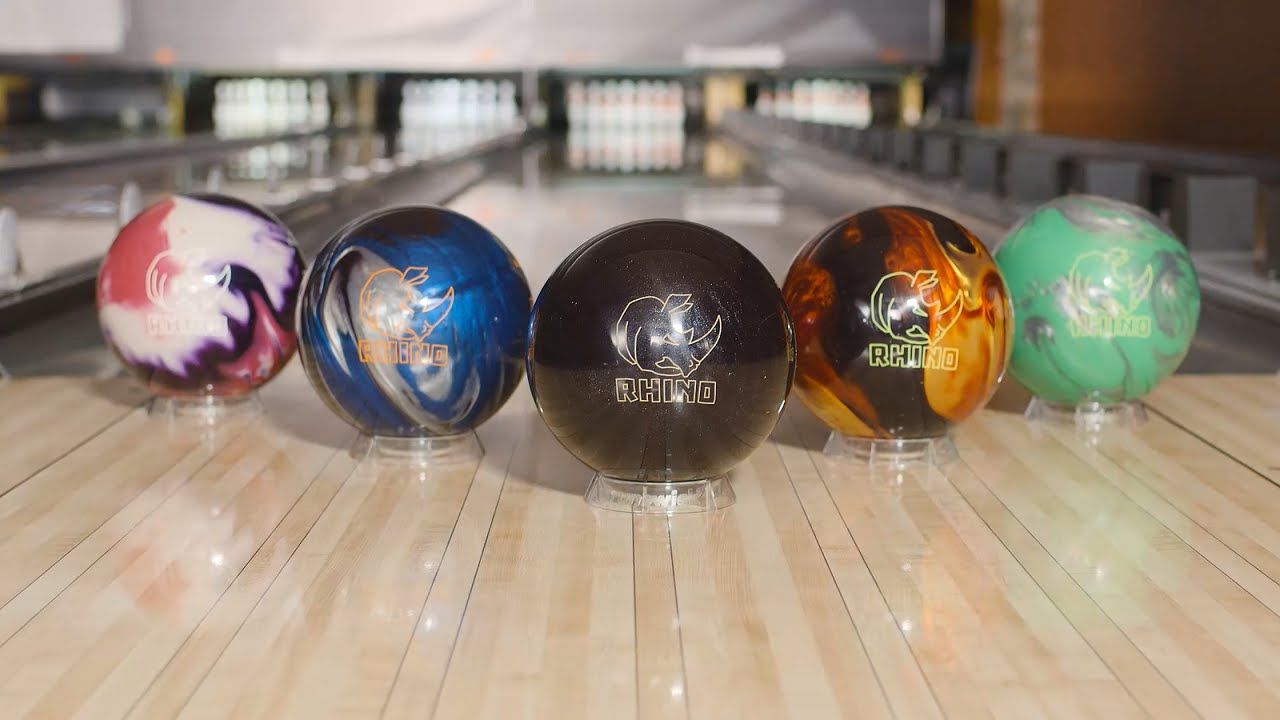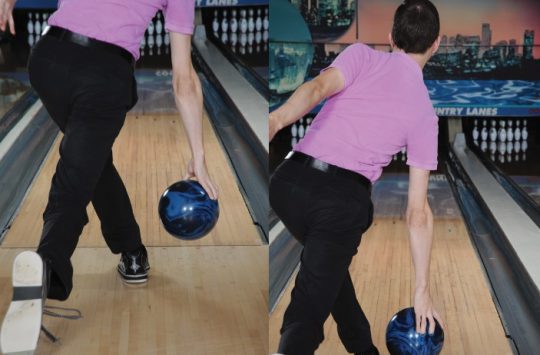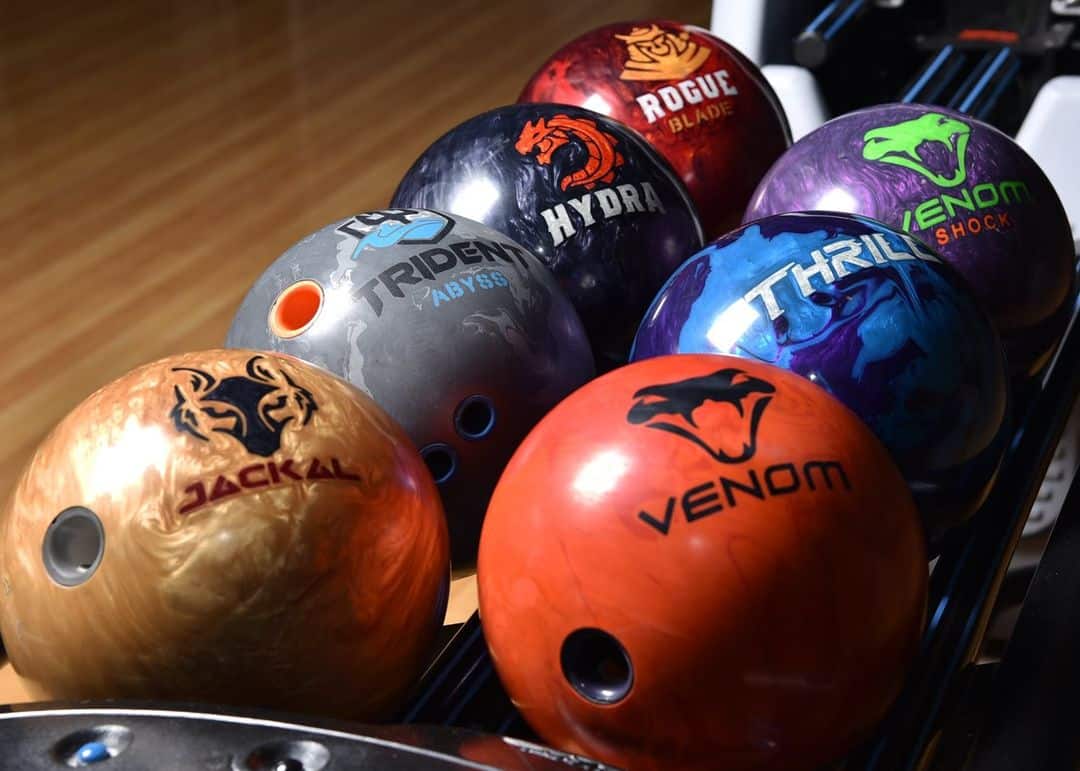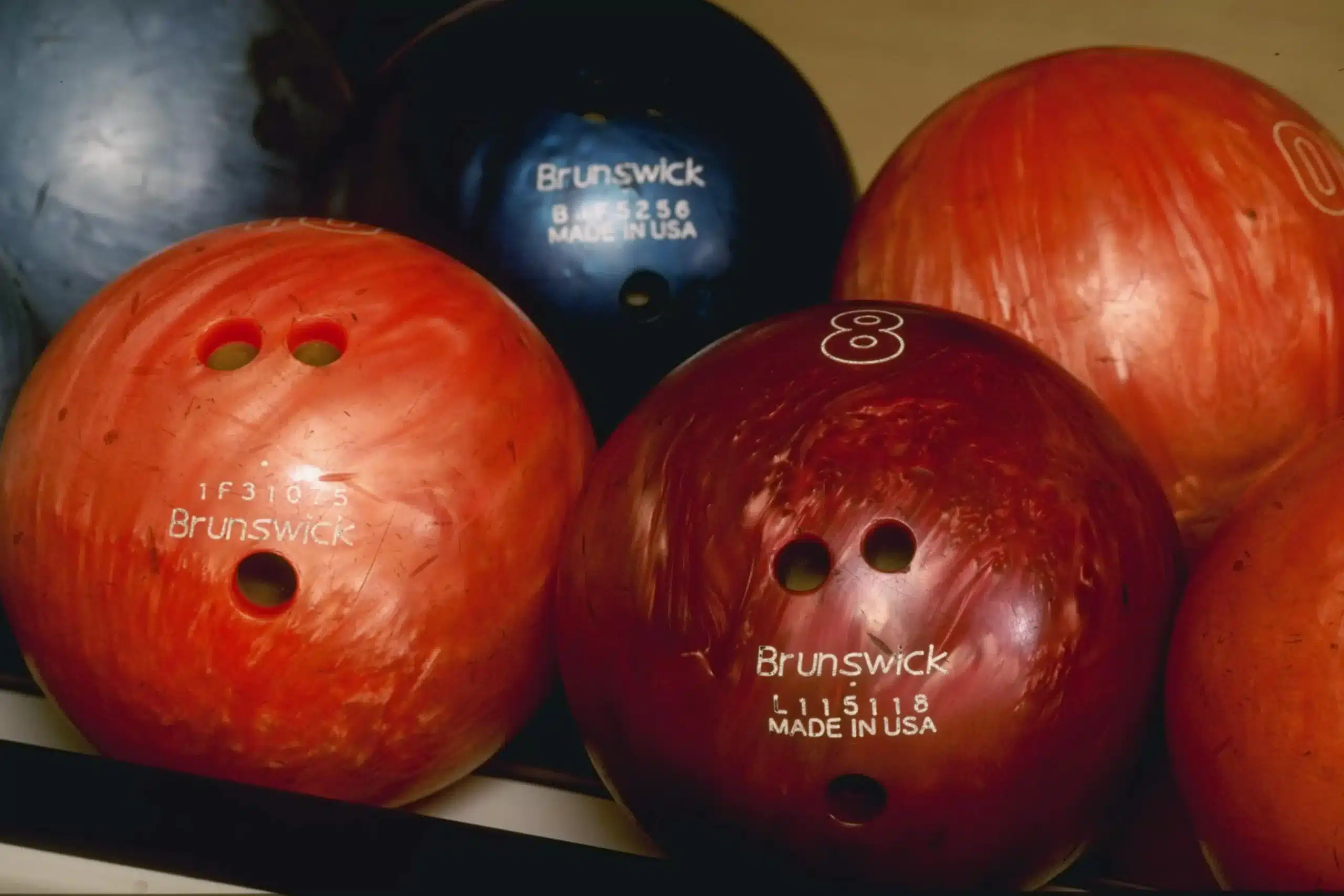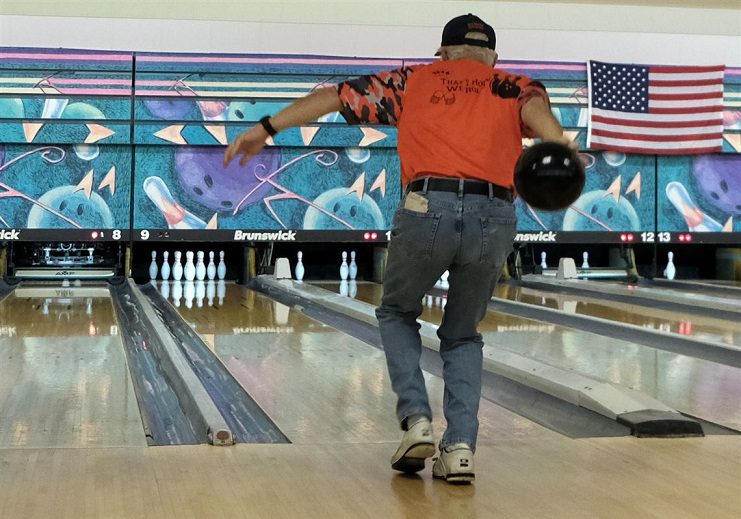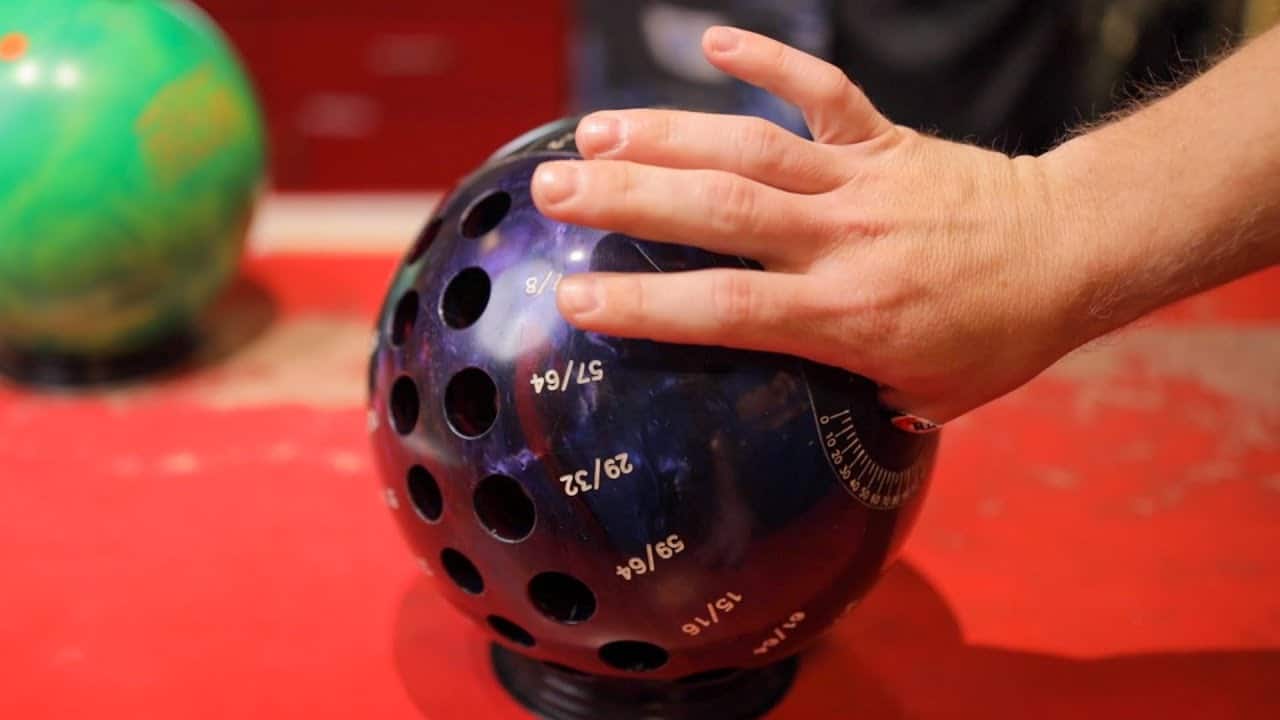Bowling is a beloved pastime for many, but have you ever wondered just how long those bowling lanes actually are? In this article, we will uncover the surprising truth behind the length of bowling lanes. From the historical origins to the standardized measurements, we will explore the fascinating world of bowling lanes and the crucial role they play in the game. So, fasten your bowling shoes and get ready to knock down some pins as we unravel the mystery behind the length of bowling lanes.
Review contents
The Standard Bowling Lane Length
When it comes to bowling, the length of the lane is a critical factor that can greatly impact gameplay and scoring. The standard length of a bowling lane is set at precisely 60 feet from the foul line to the pins. This uniform measurement ensures consistent play across all bowling alleys.
This image is property of www.iowabowl.com.
The typical length of a bowling lane
The typical length of a bowling lane is 60 feet, an industry standard that has been in place for many years. This length provides ample space for bowlers to achieve a proper approach and release, while also allowing for the necessary distance for the bowling ball to roll before reaching the pins.
The specific measurements of a standard bowling lane
A standard bowling lane consists of three main sections: the approach, the foul line, and the pin deck. The approach is the area where bowlers begin their approach to the foul line, which marks the boundary between the approach and the lane. From the foul line, the lane extends for 60 feet to the pin deck, where the ten pins are set up.
Why the standard length is what it is
The standardized length of 60 feet for a bowling lane has been determined through years of trial, error, and industry consensus. This length strikes a balance between providing a fair playing field for bowlers of all skill levels and ensuring a challenging game. It allows enough distance for bowlers to exert skill and precision while also creating a reasonable challenge for them to knock down all ten pins.
History of Bowling Lane Length
Origins of bowling
Bowling has a rich history that dates back thousands of years. While its exact origin is unclear, the earliest evidence of a game resembling bowling can be traced back to ancient Egypt. Over time, bowling spread to other civilizations, such as the Greeks and Romans, who each had their own variations of the game.
How bowling lanes have evolved over time
Bowling lanes have evolved significantly over the centuries. In ancient times, the game was often played outdoors on uneven surfaces. As the game gained popularity and moved indoors, various improvements were made to the playing surface. The introduction of wooden lanes in the 19th century brought a new level of consistency and paved the way for the modern bowling alley.
Changes in lane lengths throughout history
The length of bowling lanes has also undergone changes throughout history. In the early days of bowling, lanes could be significantly shorter, ranging from 30 to 50 feet. However, as the game became more standardized and professionalized, the need for consistent lane lengths emerged. This led to the establishment of the 60-foot standard, which has remained largely unchanged for decades.
Variations in Bowling Lane Length
This image is property of www.dlgsc.wa.gov.au.
Different types of bowling lanes
While the standard bowling lane length is set at 60 feet, there are certain variations in lane length based on different types of bowling. For instance, there are shorter lanes designed specifically for children or for recreational bowling where the emphasis is on fun rather than competitive play. These lanes can be 40 to 50 feet in length, providing a more manageable distance for young or less experienced bowlers.
Unique lane lengths in specific countries
Throughout the world, different countries have their own unique traditions and variations when it comes to bowling. As a result, lane lengths can vary. For example, in some European countries, bowling lanes are longer than the standard 60 feet, reaching up to 80 feet. This extra length adds an additional challenge for bowlers and requires different strategies to navigate.
Variations in lane length for different bowling styles
Different styles of bowling, such as tenpin bowling, candlepin bowling, or duckpin bowling, often have their own specific lane length requirements. These variations are determined by the size and weight of the bowling balls used, as well as the overall objective of the game. Understanding these variations in lane length is crucial for bowlers looking to excel in specific bowling styles.
Factors Affecting Bowling Lane Length
This image is property of www.courtdimensions.net.
The impact of lane length on bowling gameplay
The length of a bowling lane has a significant impact on gameplay. A longer lane allows the bowling ball more time to travel and build up momentum before reaching the pins. This can result in higher ball speeds and greater pin action, making it more challenging to achieve strikes or spares. In contrast, a shorter lane may require bowlers to adjust their technique and rely more on accuracy rather than power.
Considerations for professional bowlers
For professional bowlers who compete at the highest level, lane length is a critical factor that must be considered. These bowlers have honed their skills and developed specific playing styles that are optimized for the standard 60-foot lane. Competing on lanes with different lengths or conditions can present unique challenges, requiring them to quickly adapt their approach and technique.
The influence of lane length on scoring
Lane length plays a role in scoring as well. A longer lane can result in higher scores, as the increased time and distance give bowlers more opportunities to strike or spare. Conversely, a shorter lane may lead to lower scores, as the reduced distance may limit the bowler’s ability to generate enough power or angle to knock down all the pins.
Other Dimensions of Bowling Lanes
This image is property of uploads-ssl.webflow.com.
Width and other measurements of bowling lanes
In addition to length, the width of a bowling lane also contributes to the overall gameplay experience. Standard bowling lanes have a width of 42 inches. This width provides enough space for the ball to travel down the lane without excessive friction or interference. Other measurements, such as the distance between the gutters and the placement of the pins, are also carefully regulated to ensure fair play.
The importance of lane maintenance
Lane maintenance is a crucial aspect of bowling that helps ensure consistent gameplay. Regular cleaning and oiling of the lanes help maintain their condition and performance. The type and pattern of oil used on the lanes can also impact ball movement and lane length. Proper lane maintenance is essential to provide a level playing field for all bowlers and maintain the integrity of the game.
How lane dimensions affect ball movement
The dimensions of a bowling lane have a direct impact on how the ball moves down the lane. The length of the lane determines how much time the ball has to react to the oil patterns on the lane, while the width affects the angle at which the ball enters the pins. Bowlers often adjust their technique and targeting based on the lane dimensions, making it a crucial factor in achieving the desired ball movement and pin action.
The Role of Technology in Lane Length
This image is property of www.kidslearntobowl.com.
Advancements in lane construction technology
Over the years, advancements in technology have had a significant impact on bowling lane construction. Traditional wooden lanes have been replaced with synthetic materials, such as synthetic overlays or full synthetic lanes. These synthetic lanes provide a more consistent playing surface and require less maintenance compared to wood. The use of synthetic materials has also allowed for greater precision in achieving the standard 60-foot lane length.
The impact of synthetic lanes on lane length
Synthetic lanes have played a role in maintaining and regulating the standard length of bowling lanes. Unlike traditional wooden lanes, which can warp or change in length over time, synthetic lanes provide a more stable and consistent playing surface. This stability ensures that bowlers can rely on the standard 60-foot lane length, regardless of the age or condition of the bowling alley.
How technology has impacted the sport of bowling
Technology has revolutionized the sport of bowling in numerous ways. From lane construction to scoring systems and ball technology, advancements in technology have enhanced the overall bowling experience. While the standard 60-foot lane length remains intact, technology has allowed for more accurate measurements, smoother playing surfaces, and increased accessibility to the sport, leading to its continued popularity worldwide.
Regulations and Specifications
International standards for bowling lanes
To ensure a level playing field and fair competition, international standards have been established for bowling lanes. These standards cover various aspects, including lane length, width, pin placement, and lane maintenance procedures. The international standards serve as guidelines for bowling alley operators and provide a consistent experience for bowlers across different countries.
Bowling associations and their guidelines
Bowling associations play a crucial role in setting guidelines and regulations for lane specifications. Associations such as the United States Bowling Congress (USBC) and the Professional Bowlers Association (PBA) have specific rules and guidelines that govern the sport. These associations work closely with bowling alley owners and operators to ensure compliance with the established standards and promote the integrity of the sport.
The importance of adhering to lane specifications
Adhering to lane specifications is crucial for maintaining fairness and consistency in the sport of bowling. By following the established guidelines, both bowling alley operators and bowlers can ensure an equitable playing experience. Lane length, width, and other specifications are carefully regulated to prevent any competitive advantage and to provide a level playing field for all participants.
The Future of Bowling Lane Length
Possible changes and innovations in lane length
While the standard length of 60 feet has become the norm, there is always room for innovation and improvement in bowling lane design. As technology continues to advance, we may see new materials and construction techniques that could impact lane length. Additionally, the evolving needs and preferences of bowlers may lead to adjustments or variations in lane length to accommodate different playing styles.
New technologies that may affect lane specifications
Advancements in technology can also bring about changes in lane specifications. For example, the development of smart lanes equipped with sensors and cameras may provide more detailed data on ball movement and lane conditions. This data could lead to new insights and recommendations for optimal lane lengths based on individual bowlers’ preferences and styles.
The evolving needs and preferences of bowlers
Bowling is a sport that continues to evolve, driven by the needs and preferences of its participants. As bowlers develop new techniques and playing styles, there may be a demand for adjustments in lane length to accommodate these changes. The future of bowling lane length will likely be shaped by the ongoing dialogue between bowlers, industry professionals, and technological advancements.
Common Myths about Bowling Lanes
Misconceptions about standard lane length
There are several misconceptions surrounding the standard lane length of 60 feet. One common myth is that longer lanes always result in higher scores, which is not necessarily true. While longer lanes may provide more opportunities for strikes, they also require bowlers to have a stronger and more accurate delivery. The standard lane length of 60 feet strikes a balance between challenge and fairness, ensuring an enjoyable experience for all bowlers.
Popular myths surrounding the sport of bowling
Bowling has its fair share of myths and misconceptions. One such myth is that bowling is solely a recreational activity and not a physically demanding sport. In reality, bowling requires strength, precision, and skill, making it a sport that can be enjoyed by people of all ages and skill levels. Dispelling these myths helps promote the true nature and athleticism of the sport.
Debunking false information about bowling lanes
False information about bowling lanes, such as claims of lane lengths being inconsistent or arbitrary, can perpetuate misconceptions and misunderstandings. The reality is that the standard 60-foot lane length is carefully regulated and designed to provide a fair and consistent playing field. Bowling alleys and associations work diligently to maintain the integrity of the sport by adhering to lane specifications and ensuring that bowlers have a level playing experience.
Famous Bowling Lanes
Iconic bowling lanes around the world
Bowling has gained popularity worldwide, and certain bowling lanes have achieved iconic status. One such example is the Bowling Lounge in Munich, Germany, which is one of Europe’s largest and most luxurious bowling alleys. In the United States, Lucky Strike Lanes in Hollywood has become a popular destination for celebrities and bowling enthusiasts alike.
Notable bowling lanes in popular culture
Bowling has made its mark in popular culture, with notable bowling lanes appearing in movies, TV shows, and music videos. The Big Lebowski, a cult classic film, features memorable scenes set in a bowling alley called the Hollywood Star Lanes. The popularity of these iconic bowling lanes has helped elevate the sport’s profile and cement its place in popular culture.
Historic moments in bowling that took place on specific lanes
Throughout the history of bowling, there have been numerous historic moments that took place on specific lanes. In 1970, Don Johnson famously rolled a perfect game (300) on live television at the All-Star Lanes in Los Angeles. This achievement marked a milestone in the sport and showcased the sheer skill and precision required to achieve a perfect game.
In conclusion, the standard length of a bowling lane is 60 feet, and it has been established over years of trial, error, and industry consensus. This length provides a fair and consistent playing field for bowlers of all skill levels. While there are variations in lane length based on different types of bowling and regional preferences, the standard length remains the norm in most bowling alleys worldwide. As technology continues to advance, there may be future innovations and adjustments in lane length to accommodate evolving needs and preferences. Regardless of the length, bowling lanes serve as the backdrop for countless memorable moments and experiences in the world of bowling.









![Spare bowling ball Top 10 in 2024. (reviews) Top 10 Best Spare Bowling Balls [2021 Reviewed]](http://landofbowling.com/wp-content/uploads/2021/07/Top-10-Best-Spare-Bowling-Balls-2021-Reviewed.jpg)






